19 F. maximum temperature in the Twin Cities Saturday.
37 F. average high on November 23.
27 F. high on November 23, 2012.
Minnesota Weather History on November 23 - courtesy of MPX National Weather Service office:
1993:
The Thanksgiving Day Blizzard of 1993. Central and Western to South
Central Minnesota were affected by a slow moving storm system that
traveled across the upper midwest during the Thanksgiving holiday
causing heavy snow across most of Minnesota. Travel became extremely
difficult if not impossible over west central Minnesota where over a
foot of snow accumulated. A number of car accidents were reported and
several community events were canceled. Snowfall in excess of six inches
or greater occurred north of a line from Bricelyn (Faribault County) to
the Twin Cities. Counties affected by this storm include Anoka, Benton,
Blue Earth, Brown, Chippewa, Chisago, Douglas, Faribault, Hennepin,
Isanti, Kanabec, Kandiyohi, Lac Qui Parle, Martin, Mcleod, Meeker, Mille
Lacs, Morrison, Nicollet, Pine, Pope, Ramsey, Redwood, Renville, Rock,
Sherburne, Sibley, Stearns, Stevens, Swift, Todd, Washington, Watonwan,
Wright, and Yellow Medicine.
1983: Snowstorm dumps almost two feet at Babbitt and about 20 inches at Duluth.
1825: Warm spell begins over Ft. Snelling, Temperature rises up to 70 degrees over the week.
Supernaturally Quiet
"Nothing
between Minnesota and the North Pole but a barbed wire fence." Not hard
to believe this morning, but a quick thaw is likely by tomorrow. High
temperatures reach the 30s much of this week, close to average for late
November. Nothing even remotely resembling a "storm" is brewing; heavy
rain & snow detours well south & east of home into next weekend.
Dallas
will pick up some ice tonight; that same storm will spread flooding
rains and mountain snows into the east by Tuesday & Wednesday. If
you're flying east before Thanksgiving may I suggest deep breathing
exercises & Ambien. Expect delays.
SPC has updated the
"filtered" number of tornado reports from last Sunday's historic,
late-season tornado outbreak to 106. Hard to wrap my brain around that
number. Following the outbreak I wrote about the benefits of a safe
room. For the price of a family vacation to Disney World you can
reinforce a closet with steel & concrete.
A 2008 tornado threw
Tom Cook's family hundreds of feet from their home. After installing a
steel shelter they walked away from a big 2011 twister.
He told me "The difference between a shelter and no shelter is $100,000 in hospital bills and a funeral."
Jaw-Dropping Numbers. The latest (filtered)
SPC count for tornado reports a week ago (November 17) is now 106 in 6 states, as far north as northern Michigan.
Fewest Minnesota Tornadoes Since 1990. We caught a break last summer, as reported by Dr. Mark Seeley in this week's installment of his
WeatherTalk Newsletter; here's an excerpt: "...
Todd
Krause, Warning Coordination Meteorologist with the NOAA-National
Weather Service in Chanhassen reported this week that Minnesota saw just
15 tornadoes this year, the fewest since 1990 when there were only 12.
The tornado reports by month were: 2 in May; 4 in June; 2 in July; 5 in
August; 1 in September; and 1 in October. The strongest tornado was
rated at EF-2 (winds 111-135 mph) and occurred from 1:50 am to 2:30 am
across Mahnomen and Clearwater Counties, near the town of Zerkel. It was
on the ground for over 21 miles and did some tree damage, but there
were no deaths or injuries. In fact on a statewide basis there were no
deaths or injuries reported due to tornadoes this year..."
Misery Loves Company.
What's the word. Shadenfreude? Taking delight in other's misfortunes,
meteorological and otherwise. Look how far the freezing line is forecast
to be at high noon today, a deep chill east of the Rockies, downright
numbing from the Great Lakes into New England. Map: NOAA and Ham
Weather.
Slight Moderation - Storm Free.
The Upper Midwest will catch a break this time around, no major storms
passing nearby over the next 7-8 days, a slightly more moderate wind
flow from the Pacific keeping highs mostly in the 30s this week. Hardly a
warm front, but I'm always amazed (and a little horrified) how could
35F feels after a spell of single digits. Everything is relative, right?
Graphic: Weatherspark.
Old Man Winter Shows His Teeth.
The bad news is that this wintry fling is coming from north Texas into
Oklahoma and Arkansas, where you can count the number of plows on two
hands. The same storm that will spark a period of sleet and freezing
rain around Dallas later today will push heavy rain across the Gulf
Coast and right up the East Coast by Tuesday and Wednesday. 4km NAM
Future Radar product courtesy of NOAA and Ham Weather.
A Volatile Pattern Southern and Eastern USA.
The timing stinks, but we're just messengers, right? The GFS model
solution above keeps the brunt of the rain offshore early next week,
hinting at high winds and possible coastal flooding for the Outer Banks
by Tuesday and Wednesday. The European model shows a shield of heavy
rain spreading right up the east coast late Tuesday into midday
Wednesday. If your travels take you east, especially Tuesday night or
early Wednesday, you'll want to stay up on the latest forecast and
possible delays at the airport. Loop: NOAA and Ham Weather.
Colder Than Average Northern States - Storm Track Shifts South.
Winds aloft (500 mb, about 18,000 feet above the ground) show a very
slight shift to a more west/northwest flow for the northern states, a
split flow guiding the biggest storms across the far south. New England
and the Great Lakes will remain very cold, but the rest of the USA
should see some slight moderation into early December. Map: NOAA.
Latest Watches and Warnings. Click here to see latest watches, warnings and advisories on an interactive U.S. map from
Ham Weather. You can plug in any zip code and get hour-by-hour weather, a local 7-Day Outlook with localized graphics and videos
here:
Alerts Broadcaster Briefing: Issued midday Saturday, November 23, 2013.
*
Dallas/Fort Worth Metroplex
under a Winter Storm Warning for a mix of wintry precipitation. I still
expect a period of sleet and freezing rain (glaze ice) Sunday night
into Monday morning. Monday may be a commuting mess in Dallas, and
across much of northern, central and western Texas. Power outages due to
ice build-up on trees and power lines is most likely from the
northern/western suburbs of Fort Worth to Abilene, San Angelo and
Wichita Falls.
* Winter Storm Watches issued as far east as Shreveport, Louisiana and Hot Springs, Arkansas.
*
Potential for flooding rains across much of East Coast Tuesday and Wednesday
with a growing risk of urban flooding. ECMWF (European) guidance is
hinting at heavy snowfall amounts for the Appalachians and Shenandoah
Valley, with a slushy coating possible into Washington D.C., Baltimore,
Philadelphia and New York's western/northern suburbs, generally west of
I-95. I still believe we're looking at a mostly (heavy) rain event for
major eastern urban centers Tuesday and Wednesday - drying out in time
for Thanksgiving Day, with no post-Thanksgiving weather complications.
Lingering Ice Potential Dallas to Abilene.
Lubbock, Midland and Wichita Falls will see heavy snow, mixed with ice
at times. The atmosphere should be just warm enough aloft for rain,
sleet (ice pellets) and a period of freezing rain (glaze ice) for
Dallas, with the worst travel conditions coming north and west of Fort
Worth. Winter Storm Warnings are now posted for the Dallas-Fort Worth
area, with the greatest potential for icing and sporadic power outages
Sunday night into Monday morning. Map above: WSI.
Significant Ice Accumulations.
This is a special ice product, showing the greatest probability of a
dangerous build-up of ice on surfaces, including highways and power
lines. Central Texas will see the worst icing, but metro Dallas will
experience a 6-12 hour mix of rain, sleet and glaze ice, with the
northern/western suburbs seeing the most ice-related problems. Map:
NOAA.
Latest Warnings.
NOAA has expanded the region covered by Winter Storm Warnings, now
extending from Del Rio and San Angelo to Abiline and metro Dallas. This
means that treacherous, potentially dangerous wintry weather is
imminent. Map: Ham Weather.
East Coast Soaker.
NOAA's 5-Day Rainfall QPF prints out a swath of 1-3" of (liquid)
precipitation the first half of next week; most of that falling as a
soaking rain east of the Appalachians Tuesday into Wednesday. I could
see some issues with urban flooding and serious travel delays late
Tuesday into Wednesday from Charlotte to Washington D.C. Philadelphia,
New York, Hartford and Boston. I know, lousy timing.
Confidence level for heavy rain is fairly high: a 7 out of 10.
Storm Peaks Tuesday Night into Wednesday Morning.
All the guidance suggests that the heaviest rains (and inland snows),
along with strongest winds will come Tuesday night into early Wednesday.
The computer model above is valid midnight Tuesday night, when heavy
rain (and a few T-storms) may push from Raleigh into D.C. and
Philadelphia. The worst commute and greatest impact on facilities will
probably come Wednesday morning. ECMWF guidance valid midnight Tuesday
courtesy of WSI.
Snowfall Potential.
Don't take the gasp-worthy map above at face value, at least not yet.
I'm not convinced the hills of West Virginia and Shenandoah Valley of
Virgina will pick up 10-20" snowfall amounts. There will be a changeover
to wet snow from west to east on Wednesday, and much of the
Appalachians may indeed pick up a plowable snowfall. Right now I expect
mainly rain for major cities along and east of the I-95 corridor. My
confidence level for the snowfall amounts out east actually verifying is
quite low: a 3 on a scale of 1 to 10. Map: NOAA and Ham Weather.
Wildfire Risk Seen As High or Extreme At 4.5 Million U.S. Homes. Bloomberg and
The Chicago Tribune have the article; here's the introduction: "
More
than 4.5 million U.S. homes are at high or extreme risk from wildfires,
led by properties in California, according to Verisk Analytics, the
supplier of actuarial data to insurers and banks. California has 2
million properties meeting those risk designations, followed by Texas
with 1.3 million and Colorado with almost 374,000, Verisk Insurance
Solutions said today in a report. Higher temperatures and increased
development near forested areas have increased costs from U.S.
wildfires. This year 19 firefighters known as the Granite Mountain
Hotshots died battling a blaze in Arizona. Colorado wildfires have cost
insurers more than $1 billion since 2010, including the Black Forest
fire this year, Verisk said..." (File image: U.S. Forestry Service).
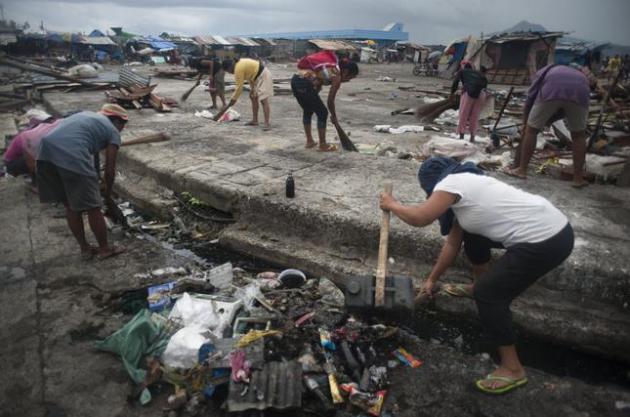
Why The Philippines Shouldn't Rebuild Storm-Ravaged Tacloban.
I fear we'll be having similar discussions for other coastal
communities in the years ahead, as rising sea levels combine with
increasingly severe typhoons, hurricanes and nor'easters. When do you
just throw up your hands and admit that it doesn't make dollars and
sense to keep rebuilding in the same vulnerable areas? Here's an excerpt
from
Quartz: "...
Rebuilding
“needs to be done urgently and differently for the Philippines,” Vinod
Thomas, director general for independent evaluation at the Asian
Development Bank, told Quartz. “There is clearly a big lesson to be
learned in not relocating in a highly vulnerable area,” he said.
“Tacloban is like a poster child. You can’t imagine a more vulnerable
area than Tacloban.” All of the Philippines is vulnerable to rising seas and intense storms caused by climate change, but Tacloban—situated at the mouth of a bay and with major portions of the city well below sea level—is in a uniquely precarious position..."
Photo credit above: "Locals
clean up debris on a street in Tacloban, Philippines, Nov. 22, 2013.
Typhoon Haiyan, which cut a destructive path across the Philippines, is
believed by some climatologists to be the strongest storm to make
landfall in recorded history, with some 13 million people affected by
the storm." (Jes Aznar/The New York Times).

Why Americans And Europeans May Soon Start Dying Of Infections Like It's 1905 Again.
Antibiotics aren't keeping up with the new "super-bugs" out there. As
long as you don't get an infection or have to spend time in a hospital
you should be just fine.
Quartz has the story - here's an excerpt: "
Antibiotics
aren’t doing what they’re supposed to do anymore. You know, kill
infections. Since Alexander Fleming invented penicillin 75 years ago,
nearly all bacteria have mutated into strains impervious to antibiotics.
Those souped up bacteria now kill hundreds of thousands of people, at a
minimum, each year. And according to a new issue of medical journal The
Lancet focused on antibiotic-resistant bacteria, things could soon get a
whole lot scarier. “Rarely has
modern medicine faced such a grave threat. Without antibiotics,
treatments for minor surgery to major transplants could become
impossible…"
Photo credit above: "Slippery little suckers." Reuters/Ints Kalnins
Michael Jordan's North Shore Mansion Goes Under The Auction.
The auction took place yesterday, but I thought some of you might want
to see the details of Air Jordan's pad, which is pretty amazing, in a
wretched-excess sort of way. Here's an excerpt from
The Chicago Tribune:
"Michael Jordan’s 56,000-square-foot mansion in Highland Park —
complete with an NBA regulation-size basketball court — will be put up
for sale during a live auction Friday. No minimum bid has been set for
the basketball superstar’s 7.4-acre estate at 2700 Point Lane, but
prospective buyers are required to put down a $250,000 deposit just to
participate in the bidding, said Laura Brady, president of New
York-based Concierge Auctions..."
Photo credit above: "The living room inside Michael Jordan's 56,000-square foot Highland Park estate." (John S. Eckert Photography, John S. Eckert).
Local TV Anchor Leaves Small Screen For Second Screen. This shows some true initiative and creativity; here's a clip from
Lost Remote: "
Jenni
Hogan was a local TV anchor in Seattle, Portland, and Idaho for 10
years, but she recently left the small screen for the second screen,
developing an app that curates viewer tweets and puts them on-air live
during broadcasts. TVinteract
is Hogan’s creation for iPad’s that allows TV personalities the ability
to pick their favorite fan tweets, and air them live on TV. How it
works is a TV personality can look at their @mentions on the left side
of the app screen, and drag the tweets they like over to the right and
hit live. This automatically flags the tweet to the show’s director, who
can then bring the tweet live to air through airplay or HDMI cable..."
The Lowest Moment In This Dog's Life.
Cruel and unusual? Possibly. This dog earned his treat. It's one of 31
animated GIF's - I'd wager a stale bagel at least one of these clips at
Buzzfeed will make you laugh.
TODAY: Some sun, stiff wind, not quite as cold. Winds: S 15+ High: near 30
SUNDAY NIGHT: Partly cloudy. Low: 27
MONDAY: Mix of clouds and sun, thawing out. High: 37
TUESDAY: More clouds, a stinging wind. Wake-up: 18. High: 28
WEDNESDAY: Bright sun, less wind. Wake-up: 10. High: 25
THANKSGIVING: Intervals of sun. Food coma. Wake-up: 19. High: 31
FRIDAY: Some sun, no travel headaches. Wake-up: 20. High: 32
SATURDAY: Partly sunny, still quiet. Wake-up: 22. High: 33
* photo above courtesy of Steve Burns.
Climate Stories....
Americans Are Convinced Climate Change Is Connected To Stronger Storms, Poll Says. Here's an excerpt from a story at
Huffington Post: "
Most Americans think climate change, and more frequent and severe natural disasters are linked, according to a new HuffPost/YouGov poll
that also finds most think human activity is at least partially
responsible for the changing climate. According to the new poll,
conducted after Typhoon Haiyan devastated the Philippines earlier this
month, 55 percent of Americans think climate change is related to more
frequent and severe natural disasters, while only 23 percent do not..."
Sea Level Experts Concerned About "High-End" Scenarios. Andrew Freedman has the story at
Climate Central; here's the introduction: "
A survey of nearly 100 experts on sea level rise
reveals that scientists think there is a good chance the global average
sea level rise can be limited to less than 3.3 feet by 2100 if
stringent reductions in planet-warming greenhouse gases are rapidly
instituted. However, the survey, which is the largest such study of the
views of the most active sea level researchers ever conducted, found
that if manmade global warming were to be on the high end of the scale — 8°F by 2100 — the global average sea level is likely to jump by between 2.3 and 3.9 feet by the end of this century..."
Graphic credit above: "
Projections
of global mean sea level rise over the 21st century relative to
1986–2005 from the combination of the computer models with process-based
models, for greenhouse gas concentration scenarios. The assessed likely
range is shown as a shaded band." Credit: IPCC Working Group I.
A Warm Over Solar Power Is Raging Within The GOP. New Republic
has the story of what's happening in Arizona, disruptive technology
that has many homeowners enthused, but utilities nervous, and that's
creating friction. Here's an excerpt: "... “
Republicans who oppose
solar in the next election, they are going to be wiped out across the
board.” “Solar power is philosophically consistent with the Republican
Party,” Rose added. “If you're going to be for healthcare choice and
school choice, how can you not be for energy choice? Conservatives,
overwhelmingly, get that. If the Republican Party stops standing for the
empowerment of the individual, what does it stand for?” (Image: Mike Baker, Creative Commons).
The Onion Nails It.
This is in response to the recent "90 companies blamed for 2/3rd's of
greenhouse gas emissions" story. These companies are just giving us what
we want and need, right? Graphic:
The Onion.
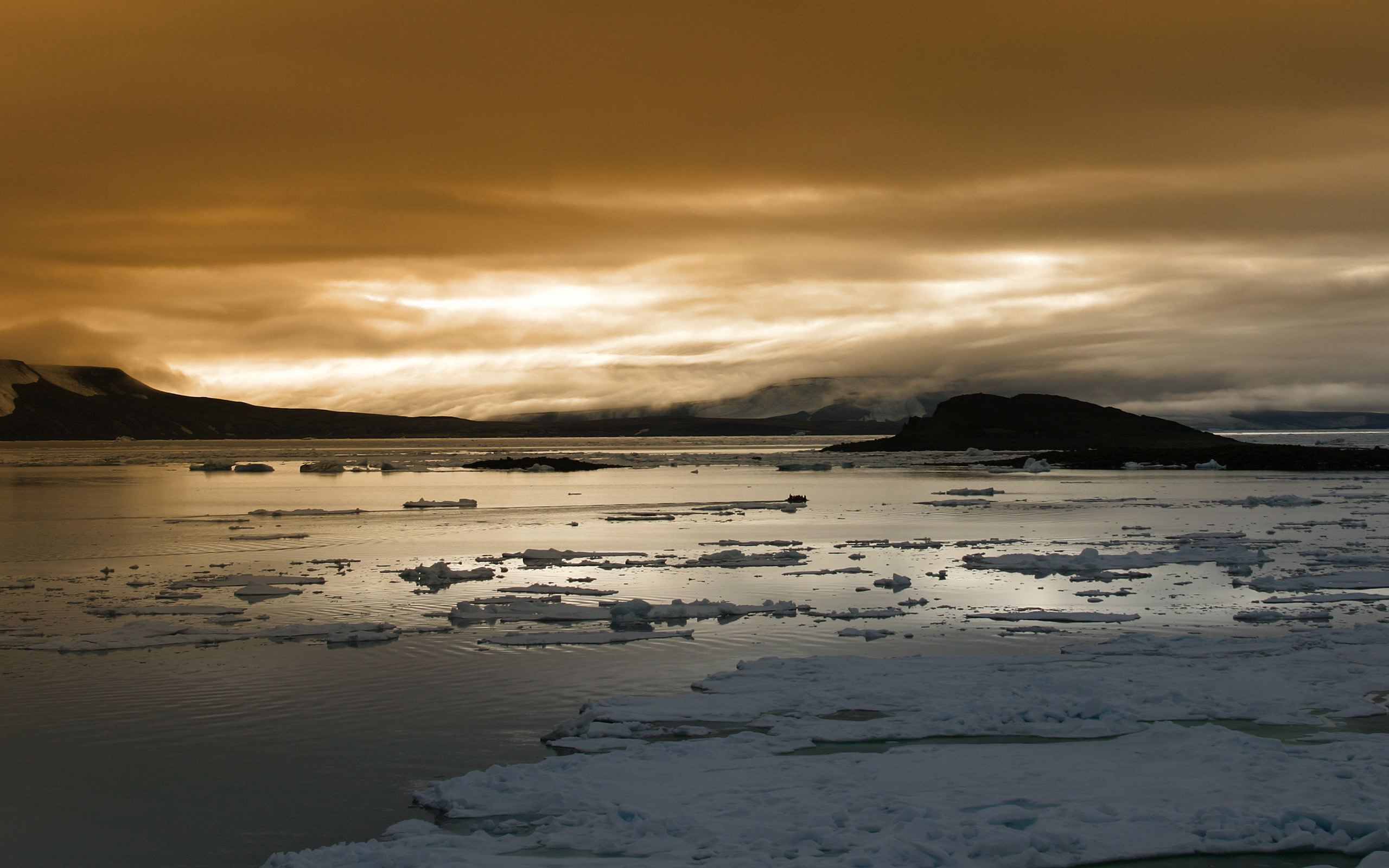
Pentagon Releases Strategy For Arctic.
A rapidly melting arctic ice cap is pretty hard to ignore (or deny),
yet many of the same professional climate deniers are happy to point out
the advantages of less ice and more water - more economical shipping,
and more exploration for oil and gas. Of course it's all that burning of
oil and gas that's melting the polar ice cap in the first place. Oh,
the irony. Here's a clip from
The New York Times: "...
While “climate change
does not directly cause conflict,” Mr. Hagel said, it may
“significantly add to the challenges of global instability, hunger,
poverty and conflict.” He cited “food and water shortages, pandemic
disease, disputes over refugees and resources, and more severe natural
disasters.” The Pentagon’s Arctic strategy places a priority on
preparations to detect, deter, prevent and defeat threats to the United
States even as the nation “will continue to exercise U.S. sovereignty in
and around Alaska,” Mr. Hagel said..."

Climate Change Forces New Pentagon Plan. Picking up on Secretary of Defense Hagel's comments, here's an excerpt of a slightly different perspective from
U.S. News and World Report: "
The
Arctic is covered with pure driven snow. The Department of Defense
hopes to keep it that way with a new policy that for the first time
addresses how the U.S. will respond to the effects of climate change,
which have opened up a veritable treasure trove around the North Pole
that until recently was inaccessible. Defense Secretary Chuck Hagel
unveiled the military's new Arctic Strategy Friday afternoon during his
trip to Canada. The plan seeks to head off potential tensions in the
crowded Arctic neighborhood among its residents -- most notably Russia,
but all eager for access to massive oil reserves and newly thawed
passages for shipping, fishing and tourism..." (Photo credit: NOAA).
U.N. Climate Talks Near End, With Money At Issue. Here's an excerpt from a summary at
The New York Times: "
The
United Nations climate conference ambled toward a conclusion on Friday,
with delegates saying that the meeting would produce no more than a
modest set of measures toward a new international agreement two years
from now. As usual, the biggest dispute was over money. The talks, the
19th annual meeting of parties to the United Nations Framework Convention on Climate Change,
opened nearly two weeks ago in the shadow of a devastating typhoon in
the Philippines. The disaster added momentum to a proposal by poorer
nations for the creation of a new mechanism to compensate developing
countries for damage from climate-related disasters..."
As U.N. Climate Change Talks Go Nowhere, Ontario Bans Coal. This made me do a double-take; here's a clip from a story at
The Atlantic: "
While
delegates to the United Nations Climate Change Conference in Warsaw
continued fiddling while Rome burns, the government of Ontario, Canada,
today moved to permanently ban coal-fired power plants.
“Our work on eliminating coal and investing in renewables is the
strongest action being taken in North America to fight climate change,”
Kathleen Wynne, the premier of Ontario, said in a statement. Wynne’s
government next week will introduce the Ending Coal for Cleaner Air Act
in Parliament. Unlike most such legislation, the Act will ratify what
the government has already done – close down the coal-fired power plants
that once supplied a quarter of the province’s electricity..." (Image credit: Reuters).
Why America's Major Sports Leagues Are Talking About Climate Change. Ice hockey is already being impacted (shorter seasons on America's ponds and lakes). Here's a clip from a story at
ThinkProgress: "...
But
those kids are starting to run into a major problem: the frozen ponds
they play on are less and less likely to form each winter, as a changing
climate makes winter warmer and open ice more scarce. That isn’t just
bad news for kids who want to play the game. It’s also worrisome for the
National Hockey League, a league already a distant fourth among
America’s top four professional sports that depends on those pickup
games and frozen ponds to help build new generations of fans and
players. And the NHL isn’t alone. The NFL, NBA, Major League Baseball,
and WNBA are all worried about the effects of environmental changes on
their sports and the people who play them, which is why representatives
from those five leagues plus the U.S. Olympic Committee joined Sen.
Sheldon Whitehouse (D-RI) and Rep. Henry Waxman (D-CA) on Capitol Hill
today to discuss their efforts to reduce energy usage and address
climate change — and the efforts the federal government could take to do
the same..." (File photo credit: Star Tribune).
This Entire Country Is About To Be Wiped Out By Climate Change. It Won't Be The Last. Here's an excerpt from a sobering story at
Bloomberg BusinessWeek: "...
Kiribati
is a flyspeck of a United Nations member state, a collection of 33
islands necklaced across the central Pacific. Thirty-two of the islands
are low-lying atolls; the 33rd, called Banaba, is a raised coral island
that long ago was strip-mined for its seabird-guano-derived phosphates.
If scientists are correct, the ocean will swallow most of Kiribati
before the end of the century, and perhaps much sooner than that. Water
expands as it warms, and the oceans have lately received colossal
quantities of melted ice. A recent study found that the oceans are
absorbing heat 15 times faster than they have at any point during the
past 10,000 years. Before the rising Pacific drowns these atolls,
though, it will infiltrate, and irreversibly poison, their already
inadequate supply of fresh water..."
Photograph by Claire Martin for Bloomberg Businessweek.
Achbishop Urges Steps To Address "Ethical Challenge" Of Climate Change.
The Catholic Sentinel in Portland, Oregon has the story - here's the introduction: "
Climate
change represents an "ethical challenge to civilization," said the
Vatican's lead representative to an international conference discussing
the worldwide impact of climate change. Archbishop Celestino Migliore
told attendees at a church-run conference that the Vatican would help
"form consciences and ethical perspectives" on climate change in line
with Catholic social teaching and encourage "fairness, impartiality and
mutual responsibility" when it came to action to address the
environmental threat..."
Photo credit above: Catholic News Service photo. "
A view of a glacial lake is seen in Juascaran National Park in Peru in late September."
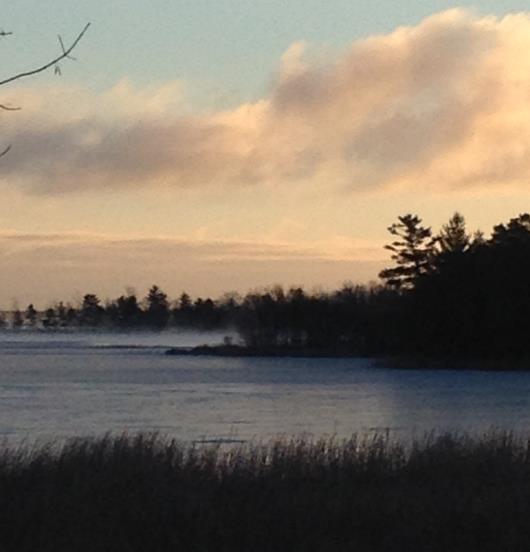
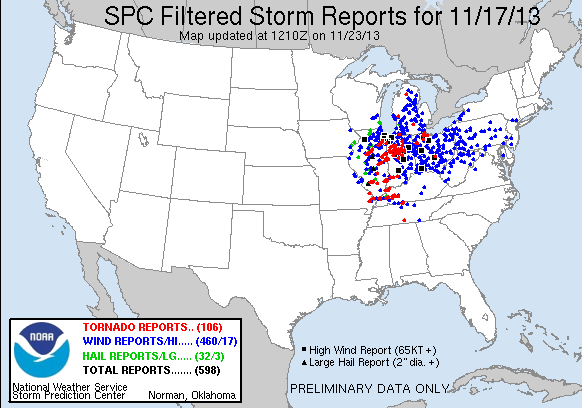
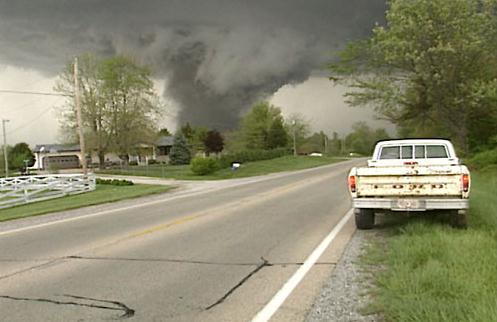

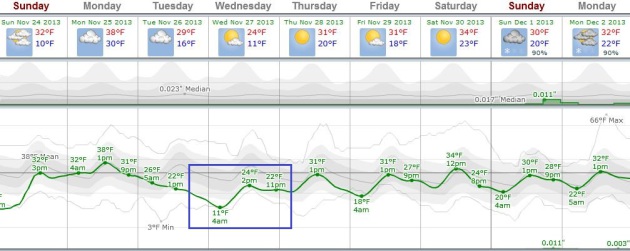

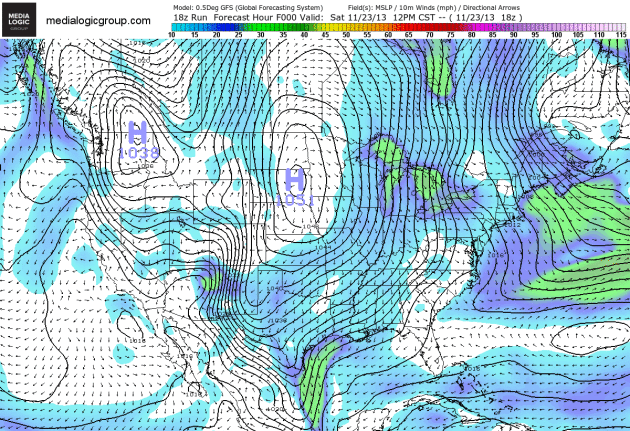
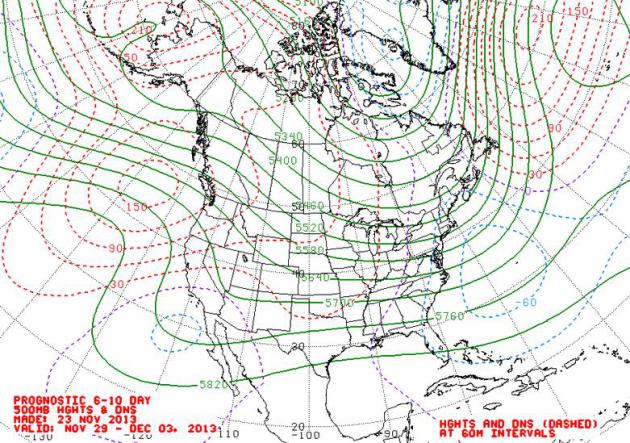

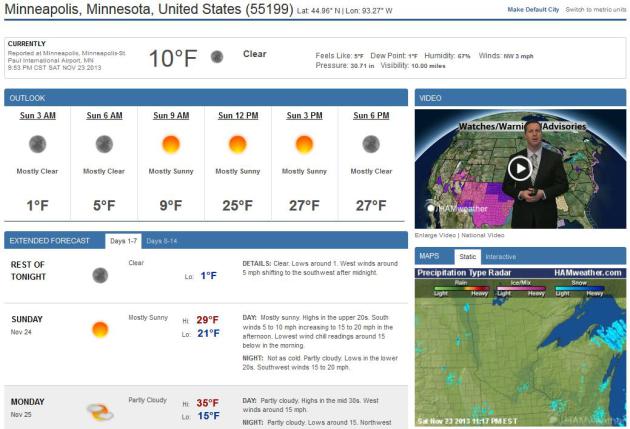

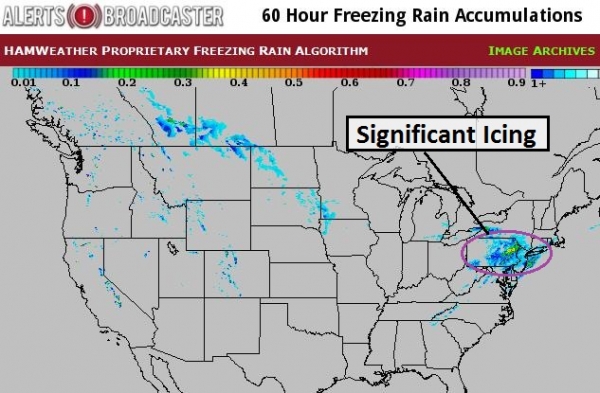
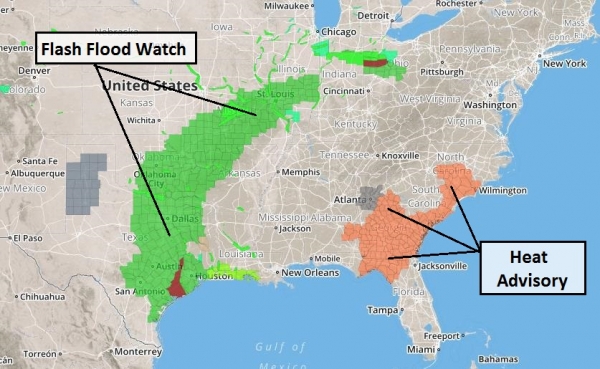

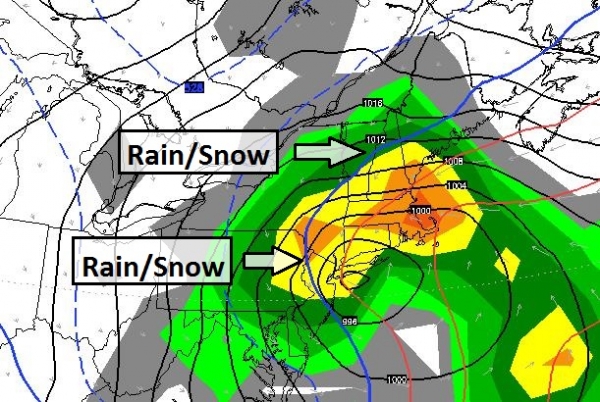
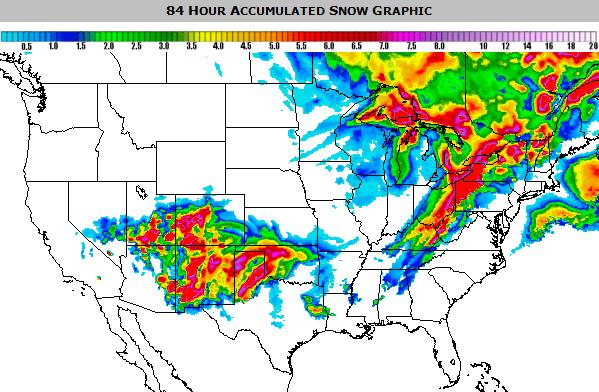
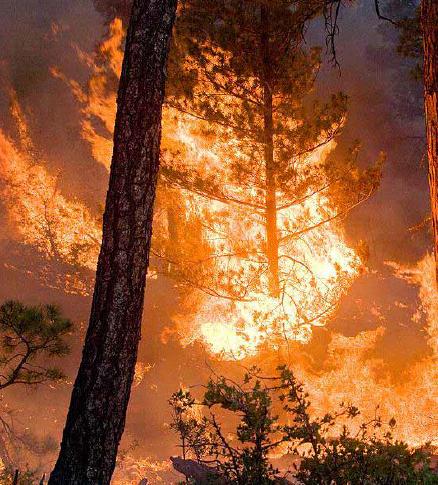





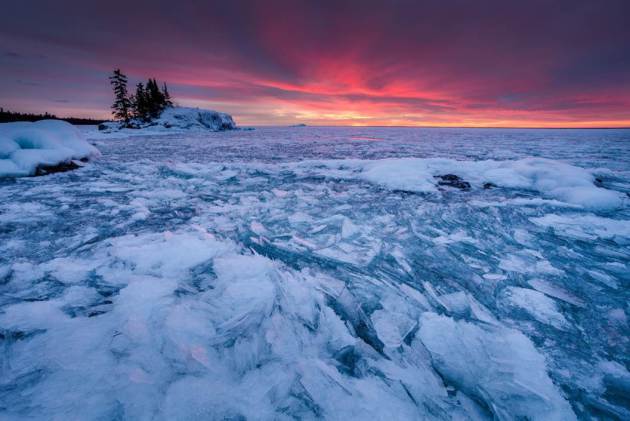
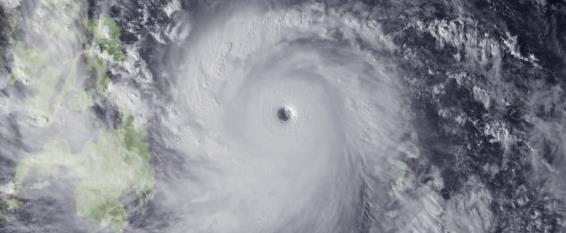
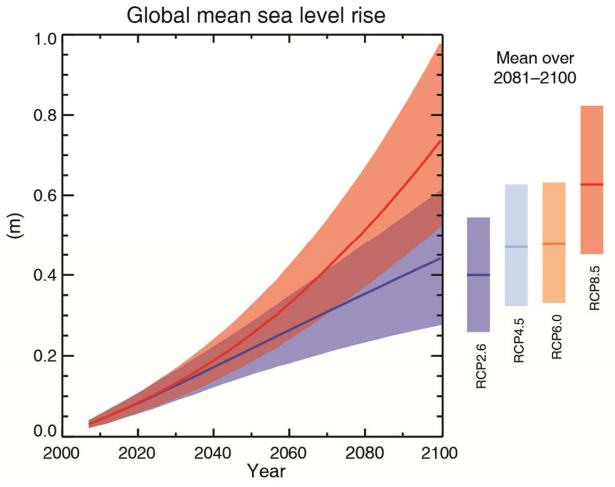
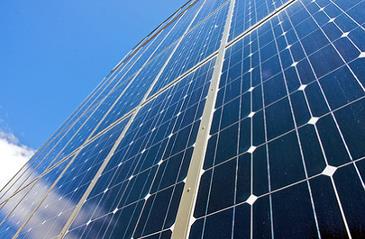



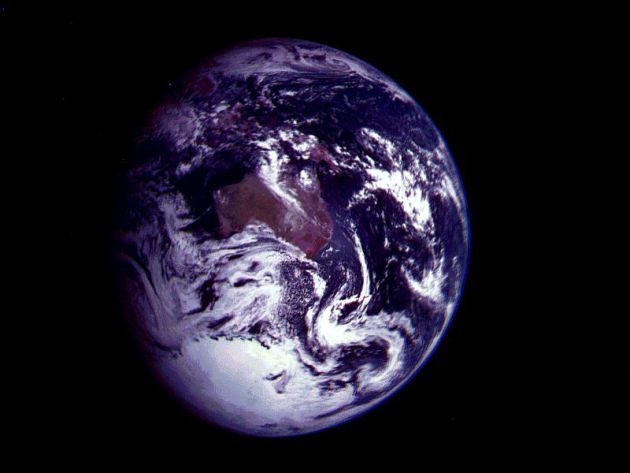
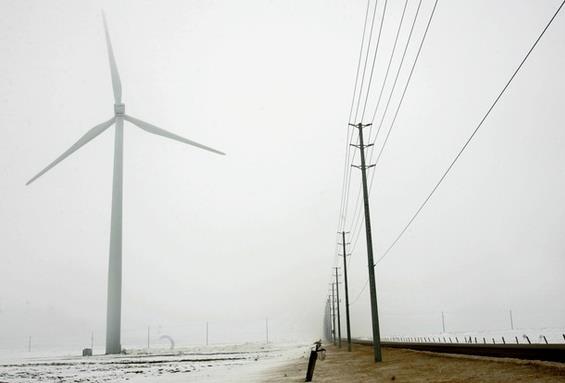
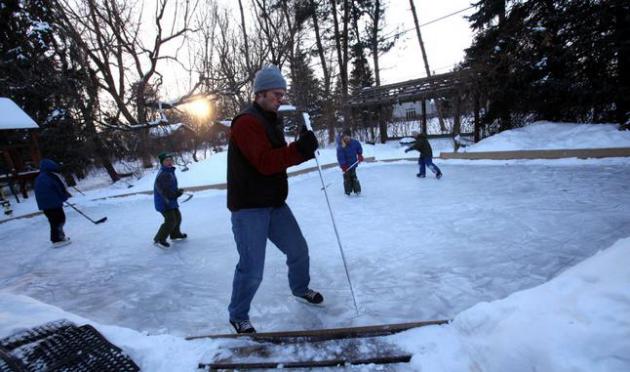
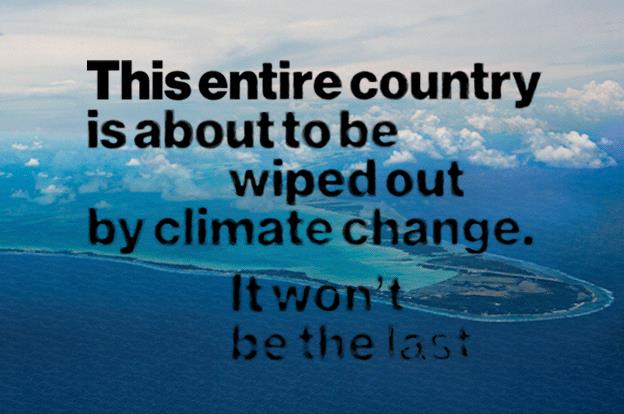
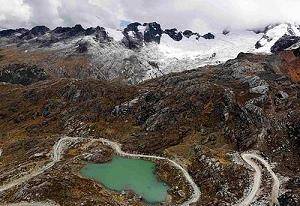
No comments:
Post a Comment